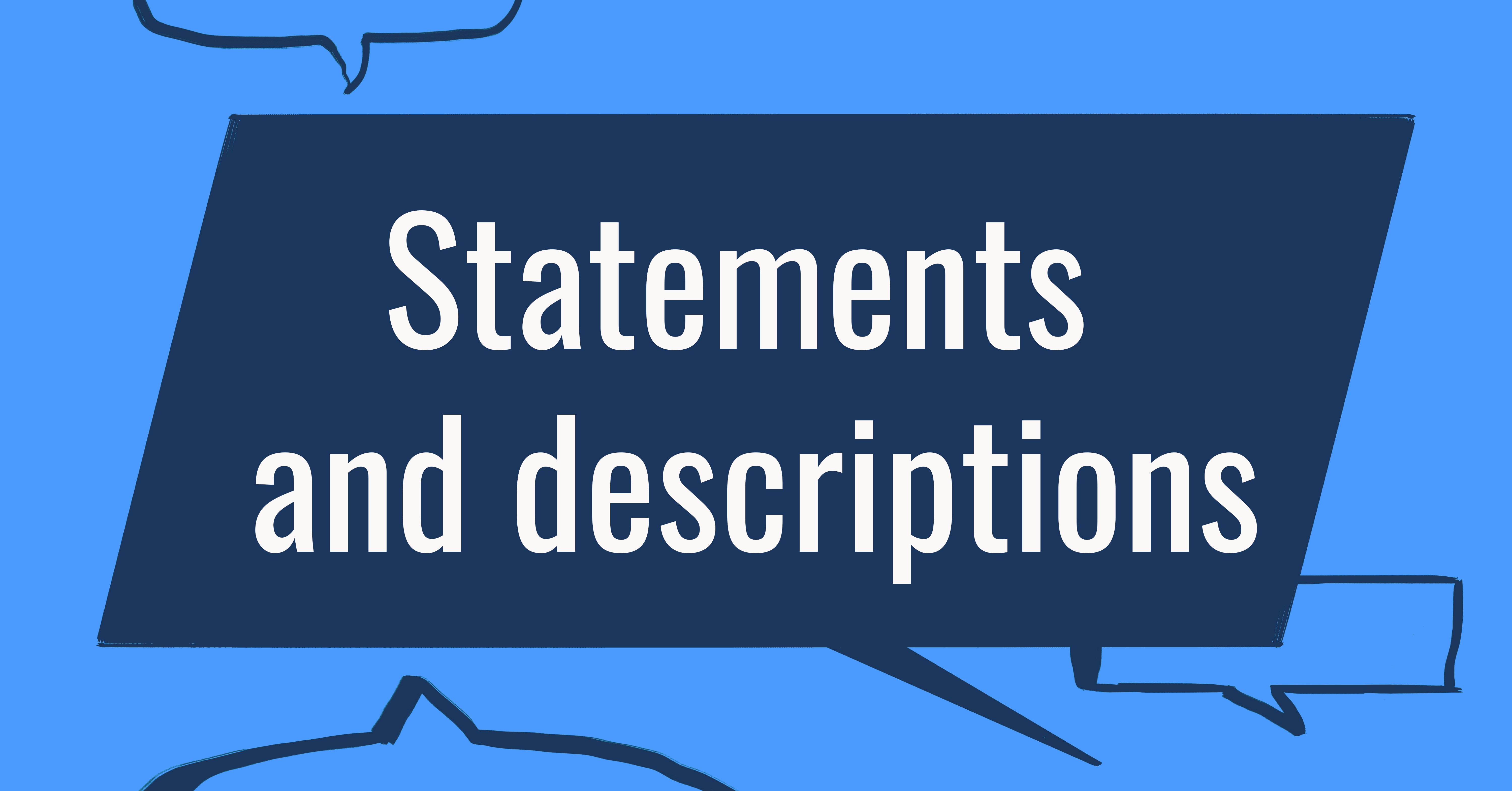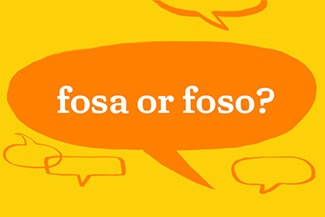Whether you’re chatting about a piece of art, a member of your family or a lake in the mountains, you’re going to need the language tools to describe people and things.
In this blog, we’ll look at the expressions you can use to state or describe things. Along the way, you’ll also be able to pick up some common and useful adjectives to bolster your descriptions. With all of this in your arsenal, you’ll then be able to specify the features of whoever or whatever you’re talking about – whether it’s something good or something bad!
To start understanding the building blocks of describing people or things, you’ll need the French subject pronouns. Your subject is the ‘target’ of your description, like in this English example…
She is very clever.
… the subject (and pronoun) in this case is she. And you’ll soon see that it’s pretty much the same construction in French.
For more information and a full list of the pronouns, see our Easy Learning French Grammar page on talking about people or things using subject pronouns.
To describe people or things in French, you can use any of these constructions followed by an adjective:
il est… he is…
elle est… she is…
ils sont… they are… (where the subjects are either mixed gender or all masculine)
elles sont… they are… (where the subjects are all feminine)
Remember that all French nouns have a gender, whether they refer to people, animals or things. Don’t forget that the adjective you choose to use in your description must also agree with whatever it’s describing.
Now let’s get some common adjectives involved to make a statement or a description:
Il est très grand / petit. He’s very tall/short.
Elle est assez sympa / méchante. She’s quite nice/mean.
Ils ne sont pas vieux / jeunes. They’re not old/young.
Il vient d’acheter une nouvelle télé, mais elle est trop lourde. He just bought a new TV, but it’s too heavy.
Je (n’)aime (pas) les chevaux, ils sont effrayants / mignons. I (don’t) like horses, they are scary/cute.
Hier nous avons vu les nouveaux bâtiments. Ils sont très modernes. We saw the new buildings yesterday. They are very modern.
« Est-ce que tu veux travailler avec Blandine et ses amies ? » « Non, elles sont trop sérieuses. » “Do you want to work with Blandine and her friends?” “No, they’re too serious.
In other conversations, you might not need to be so specific. Rather than using a subject pronoun, you can use the construction c’est to respond with your statement or description:
c’est + adjectif it is; that is; this is + adjective
C’est beau / moche. It’s beautiful/ugly.
C’est trop intéressant / ennuyeux. That’s so interesting/boring.
C’est vraiment coloré / gris. It’s really colourful/dull (grey).
So there you have your most basic structures for descriptions: il est, elle est and c’est. But it wouldn’t be worth us writing a blog if there wasn’t something else tricky involved!
You need to use different verbs for describing certain topics. While the structure pretty much stays the same, as well as keeping the same subject pronouns, the verb changes from être (the infinitive form of est, sont) depending on what you want to state.
To talk about ages and describe body characteristics, use avoir. But in this case, your adjectives are agreeing with the noun – not the subject – that you’re describing:
Il a les cheveux longs, noirs et bouclés. He has long, curly, black hair.
Elles ont les yeux bleus foncés. They have dark blue eyes.
Elle a le teint assez clair. She has quite a fair complexion.
Notre chien a un beau poil. Our dog has beautiful fur.
Tous mes amis ont des taches de rousseur. All my friends have freckles / are freckly.
J’ai vingt-deux ans. I’m twenty-two. (Literal translation: I have twenty-two years.)
Mon frère cadet a quatre ans, et ma sœur aînée a quinze ans. My younger brother is four and my older sister is fifteen.
Ton chat a quel âge ? What age/How old is your cat?
To describe or state what someone is wearing, use porter followed by the item with an indefinite article:
« Qu’est-ce qu’elle porte ? » « Elle porte une robe blanche. » “What is she wearing?” “She’s wearing a white dress.”
Il porte un petit chapeau en cuir. He’s wearing a small leather hat.
Ils ont tous porté des baskets nouveaux. They all had new trainers on.
Demandez à la fille qui porte des lunettes. Ask the girl who’s wearing glasses.
Written by Holly Tarbet, freelance copywriter and editor.
All opinions expressed on this blog are those of the individual writers, and do not necessarily reflect the opinions or policies of Collins, or its parent company, HarperCollins.



